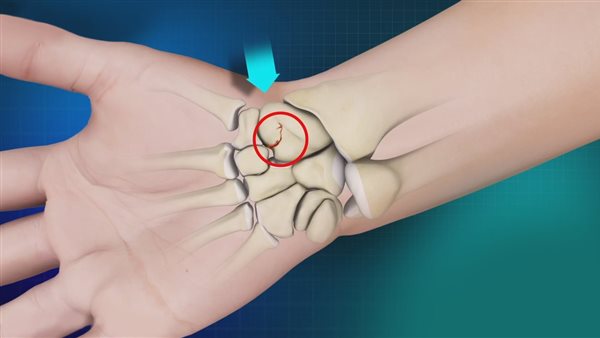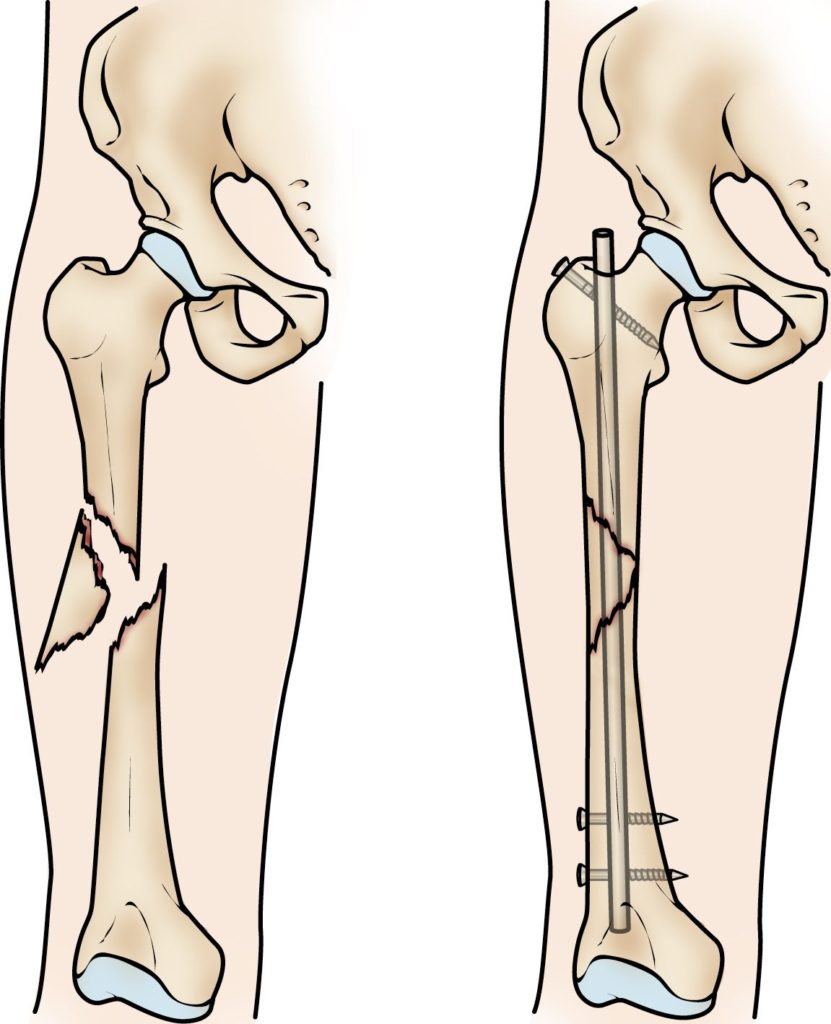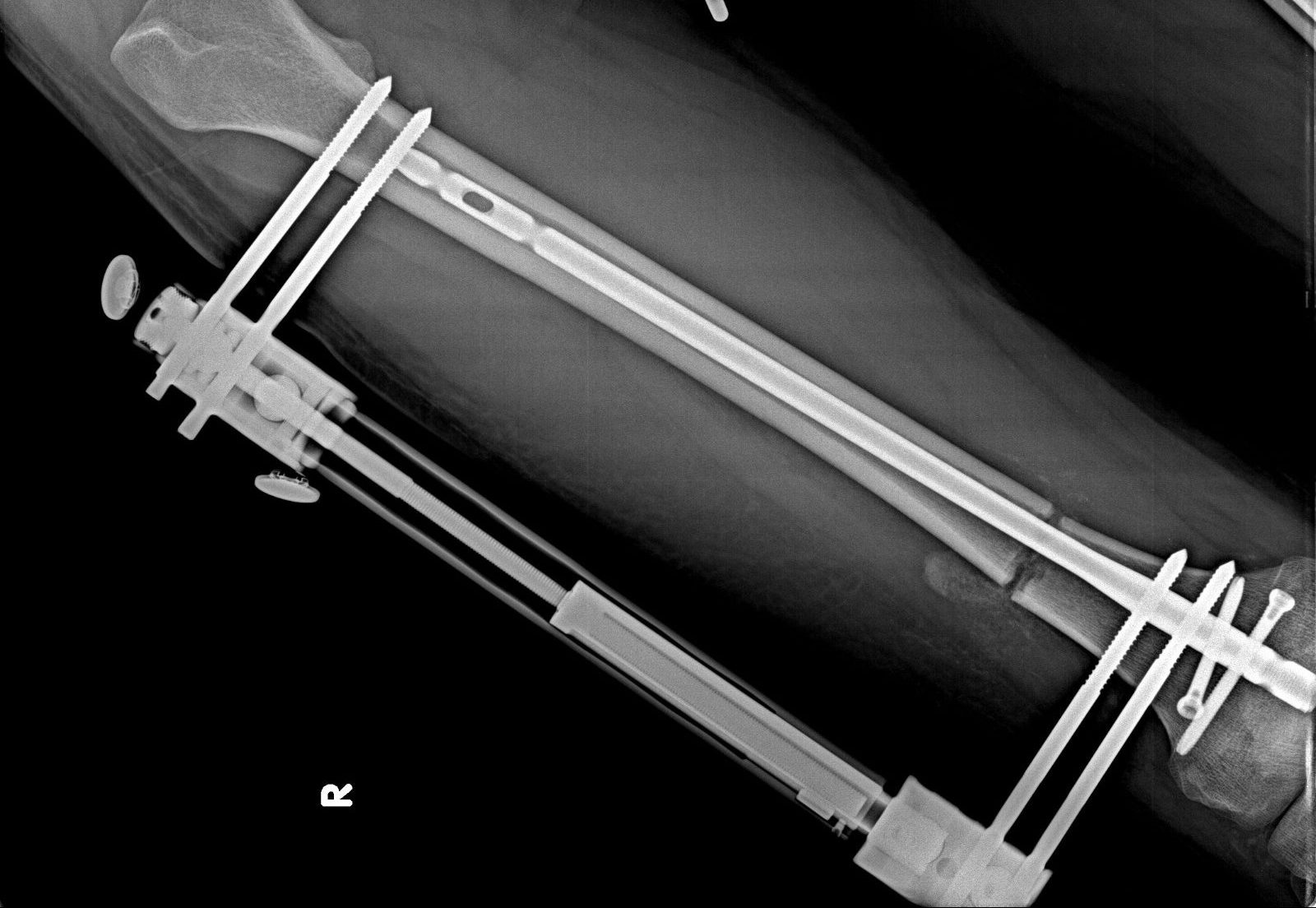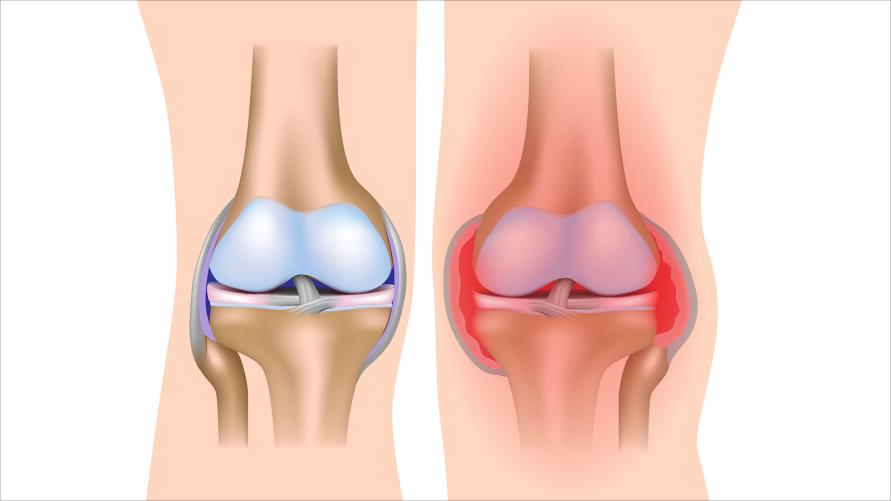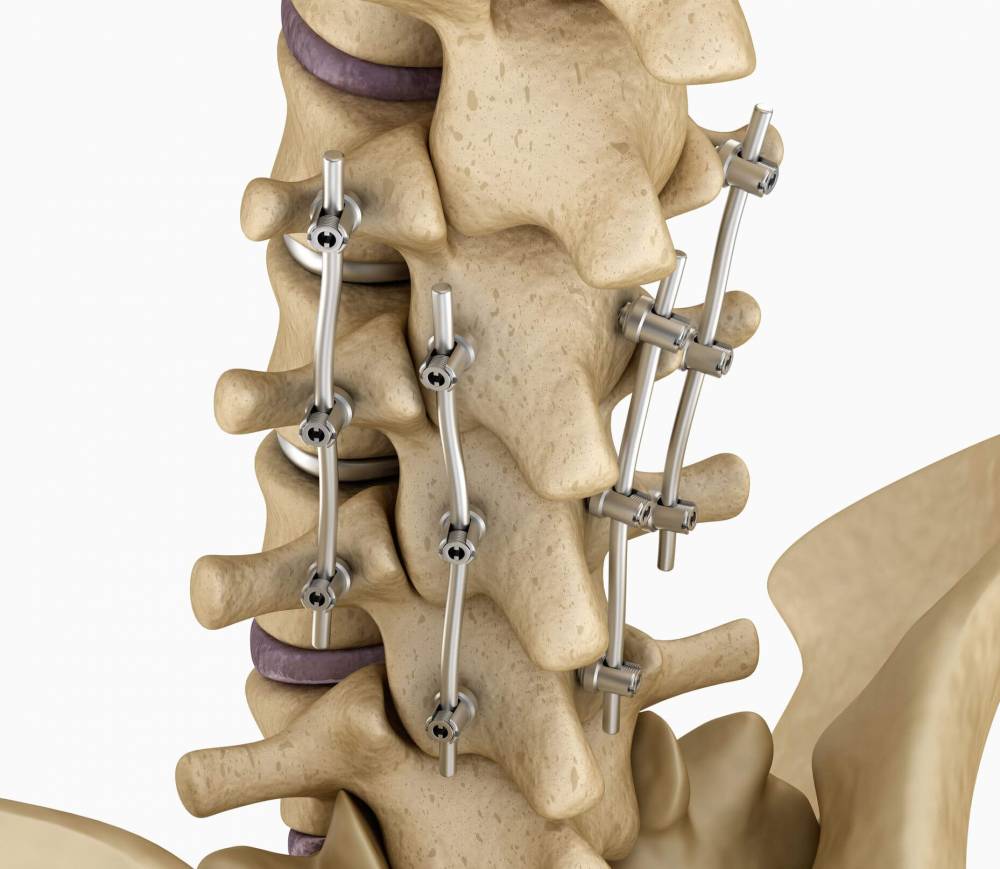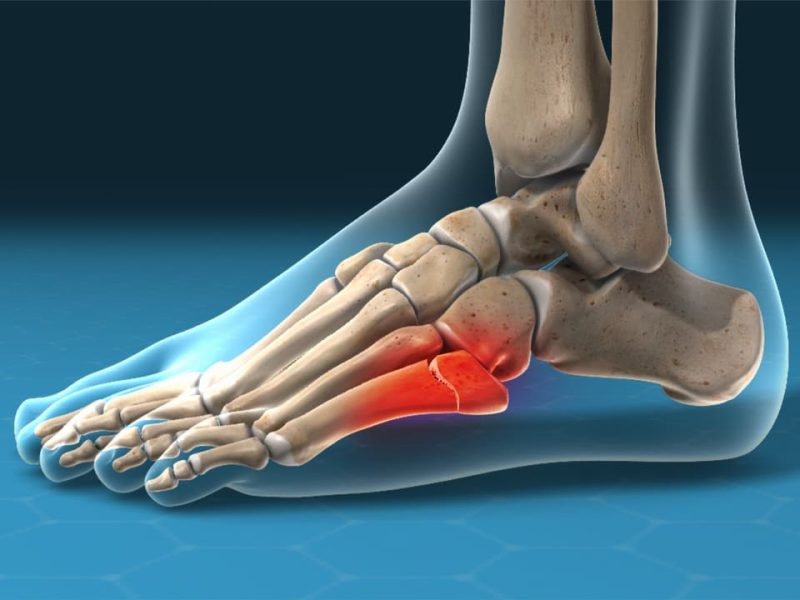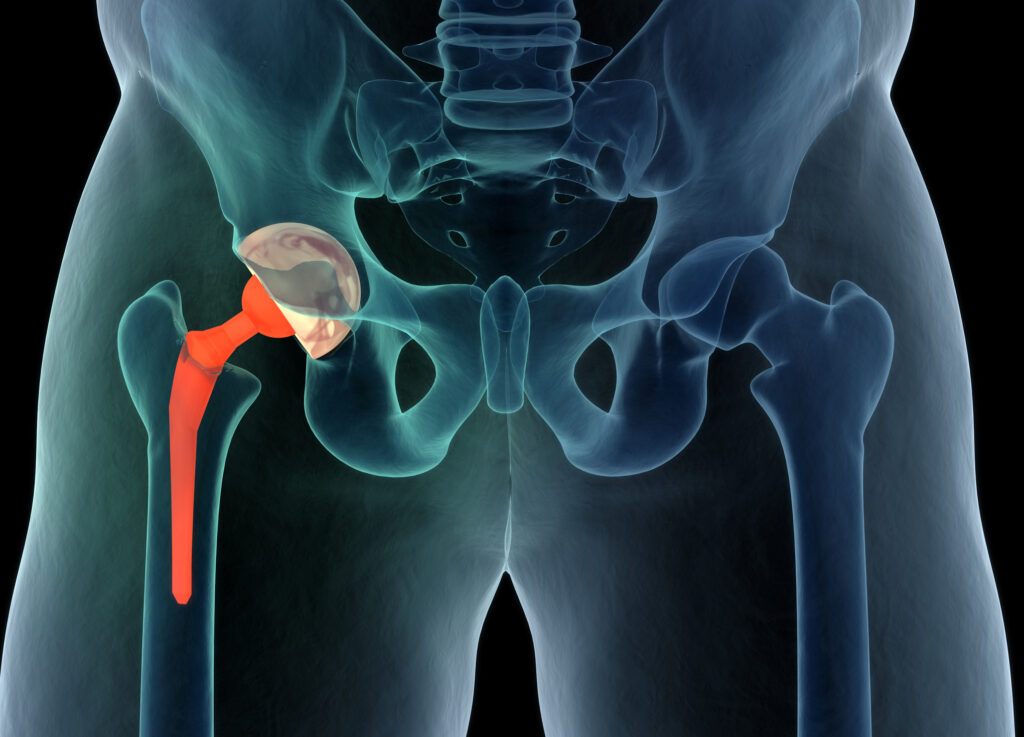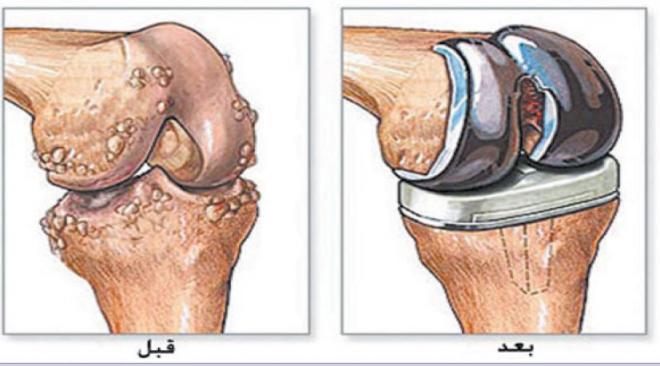Learn about the treatment of shoulder tendonitis and its symptoms.
Treatment for Shoulder Tendonitis
Many individuals may experience shoulder tendonitis, which can cause difficulty in moving the shoulder joint and bothersome pain. Most cases of shoulder tendonitis typically heal naturally within a few weeks or months, but sometimes the pain persists for a longer period. Therefore, in this article, we will help you understand some of the ways to treat shoulder tendonitis.
- Pain Relievers: Some pain relievers are used to alleviate the pain and swelling associated with shoulder tendonitis. These include:
- Non-Steroidal Anti-Inflammatory Drugs (NSAIDs) such as ibuprofen and naproxen.
- Physical Therapy: Physical therapy is one of the treatment methods for shoulder tendonitis. It helps in strengthening the shoulder muscles and tendons and improving joint flexibility. This type of therapy includes:
- Stretching and strength exercises to strengthen shoulder muscles and tendons.
- Localized massage to relieve tension and pain and increase blood flow.
- The application of heat or cold locally to alleviate pain.
- Cortisone Injections: If the pain accompanying shoulder tendonitis is severe and persistent, a doctor may use cortisone injections in the tendonitis area. This substance helps reduce swelling and inflammation.
- Shockwave Therapy: Shockwave therapy is sometimes used in cases of chronic shoulder tendonitis that do not respond to other treatments. This therapy sends high-frequency shockwaves to the affected area, stimulating the healing process.
- Surgery: Surgery is considered in cases of very severe shoulder tendonitis that do not respond to any other type of treatment. The doctor repairs or replaces damaged tissues in the tendonitis area.
Please note that this information is for educational purposes only, and it is not recommended to apply any type of treatment without medical consultation. Before making any decisions regarding your treatment, it is advisable to consult a specialized physician for a precise evaluation of your condition and guidance to the most appropriate treatment.
How Long Does Recovery from Shoulder Tendonitis Take?
Shoulder tendonitis is a common injury that many people may suffer from. Patients often experience pain and swelling in the affected area, which can affect shoulder mobility and the ability to perform daily tasks normally.
In this article, we will discuss how long recovery from shoulder tendonitis typically takes and the factors that affect the healing process.
- Severity of the Injury:
- Mild Tendon Injuries: Recovery may take between one to four weeks.
- Moderate Tendon Injuries: It may take approximately 6-8 weeks to recover.
- Severe Tendon Injuries: The recovery time can vary depending on the severity of the injury and may extend to several months.
- Treatment Approach:
- Rest: It is recommended to avoid any activities that put strain on the affected shoulder during the recovery period.
- Ice Application: Applying an ice pack covered with a cloth to the affected area for 20 minutes every two hours is advisable to reduce pain and swelling.
- Non-Steroidal Anti-Inflammatory Drugs (NSAIDs): These may help alleviate pain and swelling.
- Shoulder Brace: In cases of significant tendonitis, a brace may be used to limit unwanted movement for a limited period.
- Patient Compliance:
- Patients should follow their doctor’s guidance regarding therapeutic exercises to rebuild the strength and flexibility of the tendons.
- Physical therapy may be required to increase shoulder range of motion and strengthen the surrounding muscles.
- Factors Affecting Recovery:
- Age: Younger individuals generally have more resilience and faster recovery compared to older individuals.
- History of Previous Injuries: If the patient has had previous injuries, recovery may take longer than others.
- Patient Compliance: The level of patient commitment to treatment plans and regular exercise routines can impact the recovery period.
Please note that this information is not a substitute for consulting a specialized physician. If symptoms persist or worsen, it is advisable to visit a rheumatologist or joint specialist for a precise diagnosis and appropriate treatment.
What Are the Symptoms of Shoulder Tendonitis?
Shoulder tendonitis is a common injury that occurs due to inflammation or tearing of the tendons that affect shoulder movement. This injury can cause pain and limit the ability to use the shoulder normally. In this article, we will outline the main symptoms of shoulder tendonitis:
- Severe Pain: Individuals with shoulder tendonitis often experience sharp and intense pain around the shoulder area, especially when attempting to lift or move the arm. This pain may worsen over time.
- Limited Shoulder Movement: People with this condition may feel significant restrictions in shoulder movement and have difficulty lifting the arm above their head or performing certain movements.
- Decreased Shoulder Strength: Weakness in the shoulder muscles may be noticed, negatively impacting the ability to carry heavy loads or complete daily tasks.
- Swelling and Redness: The affected area may become swollen and red due to irritation and inflammation in the tendons.
- Abnormal Clicking: Individuals with shoulder tendonitis may feel some “catching” in the shoulder movement, resembling a small piece or clicking within the joint.
- “Popping” Sound: In severe cases, patients may hear a “popping” sound when moving the shoulder, which may be attributed to tendon tearing.
If you experience any of these symptoms, it is essential to consult a specialist doctor for a proper diagnosis and the development of an appropriate treatment plan. The doctor may recommend necessary tests and medical imaging, such as X-rays or MRI scans, to determine the extent of tendonitis’s impact on the shoulder.
To maintain the health of your shoulder, it is advisable to avoid tendon stress and excessive use of the shoulder. It is also important to regularly practice stretching and strengthening exercises for the shoulder muscles, following consultation with a muscle treatment specialist or physician.
What Is the Right Medication for Shoulder Inflammation?
Shoulder inflammation is a common condition that many people suffer from. To relieve pain and expedite the healing process, there are several suitable medications for treating this condition. In this list, we will outline the most prominent medications that can be used to treat shoulder inflammation:
- Aspirin: Aspirin is one of the most well-known non-steroidal anti-inflammatory drugs (NSAIDs) containing acetylsalicylic acid. Taking this medication helps reduce swelling and pain associated with shoulder inflammations.
- Naproxen: This medication also contains a non-steroidal anti-inflammatory agent. Naproxen is used to alleviate pain in cases of shoulder inflammation and reduce swelling.
- Ibuprofen: Ibuprofen is similar to aspirin and naproxen as it contains a non-steroidal anti-inflammatory agent. This medication can be used to alleviate pain and reduce swelling in cases of shoulder inflammation.
- Acetaminophen: Acetaminophen is a pain reliever used to treat pain not associated with inflammation. Although it does not combat swelling accompanying shoulder inflammations, it effectively alleviates pain.
In addition to using these medications, topical treatments such as anti-inflammatory creams are sometimes recommended. These creams provide relief from pain without any reported side effects.
If the symptoms do not improve after using these medications and topical treatments, a doctor may resort to cortisone injections around the affected tendon. These injections are used to reduce swelling and pain in specific stages of tendon inflammations.
This list does not cover all treatment options for shoulder inflammation, and you should not use any medication without consulting a medical professional. It is always essential to consult your specialist doctor before determining an appropriate treatment regimen for you.
Can Massage Treat Tendon Inflammation?
Tendon inflammations are common health issues that can affect body movement and cause severe pain. While massage is one of the methods used to treat tendon problems, there are important factors to consider before undergoing this procedure.
Here is some information about massage and its benefits in treating tendon inflammations:
Massage Benefits:
- It helps improve blood circulation and increases blood flow to the affected area, promoting the healing process.
- It helps relieve tension and compressions around the tendons, thereby reducing pain.
- It may contribute to improving tendon flexibility and strength.
Importance of Choosing a Specialized Therapist:
- Massage should only be performed by a licensed and specialized therapist who has the necessary knowledge to diagnose the issue and select appropriate treatment methods.
- Massage is not suitable for treating tendon inflammations accompanied by infections or inflammations caused by blood clots (thrombophlebitis).
Massage Techniques:
- The therapist may perform precise acupressure in specific areas of the body, often away from the pain site, to stimulate the healing process.
- Cupping therapy may be used to treat inflamed tendons, improving blood circulation and reducing swelling and pain.
Completing the Treatment:
- In some cases, surgery may be needed to repair damaged tendons, especially when they tear away from the bone.
- Rest, ice application, compression bandages, and elevation of the affected limb are also recommended for minor tendon inflammations to expedite recovery.
When to Avoid Massage:
- It is advisable to refrain from using massage in cases of chronic tendon inflammations or those that have not responded to previous treatments.
- Injecting these areas with steroid derivatives may weaken the tendons and increase the risk of tearing.
In general, massage is considered an effective method for treating tendon inflammations, provided it is used correctly and under the supervision of a specialist.
What Vitamin Strengthens Tendons?
Tendons are an important part of the human body’s musculoskeletal system, playing a crucial role in stabilizing muscles and connecting them to bones. Therefore, it is important to take care of the health and strength of tendons. There are several vitamins that can contribute to strengthening and promoting tendon health. Discover one of these vitamins and its benefits in this article.
Vitamin D: Vitamin D plays a critical role in bone and tendon health. A deficiency in vitamin D can lead to tendon weakness and an increased risk of injury. In addition to sunlight exposure, vitamin D can be obtained through dietary supplements or vitamin D tablets after consulting with a physician.
Vitamin A: Vitamin A contains a high amount of collagen, which plays a significant role in strengthening connective tissues, including tendons and ligaments. Additionally, vitamin A helps maintain bone and cartilage health. Vitamin A can be obtained through natural sources such as carrots, mangoes, and sweet potatoes, or through dietary supplements under medical supervision.
Is Hot Water Beneficial for Tendon Inflammation?
Tendon inflammation can be a challenging problem that significantly affects people’s lives. When individuals suffer from this condition, they may seek natural ways to alleviate its symptoms, and one of these methods is using hot water.
Hot compresses may be effective in reducing swelling and alleviating the pain associated with the early stages of tendon inflammation. This is due to the benefits of heat, which include the following:
Improved Blood Circulation: Hot water is preferred because it can increase blood flow to the affected area, facilitating the transport of nutrients and oxygen to tendon cells, thus accelerating their healing process.
Muscle Rejuvenation: Heat expands blood vessels, leading to increased blood and oxygen flow to muscles. This, in turn, contributes to the restoration of muscle activity, reduces stiffness, and relieves tension in the affected tendons.
Reduced Sensitivity: Using hot water may decrease the sensitivity of pain receptors in the body, resulting in the reduction of pain intensity experienced by the patient.
Ways to Use Hot Water for Tendon Inflammation:
Hot Compresses: It is recommended to immerse the area of tendon inflammation in hot water using a hot bath or a towel soaked in hot water. Using a comfortable temperature is advised to avoid skin burns.
Diluted Vinegar Soak for Inflammation Relief: Using diluted vinegar in water is known to soothe tendon inflammation. Mixing equal parts vinegar and water and using this solution for compresses on the affected area is recommended. Hot or cold water can be used in this solution depending on the comfort and tolerance of the individual.
Cabbage Leaves: Cabbage leaves contain anti-inflammatory properties, so it is preferred to soak them in water for half an hour and then apply them directly to the area of tendon inflammation. This method is believed to help relieve pain and reduce swelling.
Hot water should not be used in severe cases of tendon inflammation, and consulting a specialist physician before attempting any treatment regimen should be one of the top treatment options.
Is Shoulder Tendonitis Serious?
Shoulder tendonitis is a common problem that people, whether they are athletes or not, may experience. This condition may raise concerns about its seriousness and its impact on shoulder health. In this article, we will explore the reasons for the presence of shoulder tendonitis and its seriousness, as well as its treatment methods.
- Causes of Shoulder Tendonitis: Excessive Shoulder Use: Excessive use of the shoulder in activities such as weightlifting or sports can lead to excessive loading on the shoulder tendons, increasing the likelihood of inflammation.
- Sports Injuries: Sports-related injuries can result in tendon tears in the shoulder, leading to inflammation. Age-Related Factors: The likelihood of shoulder tendonitis increases with age due to natural tissue degeneration over time.
Symptoms of Shoulder Tendonitis: Pain in the Affected Area: Individuals may experience constant or acute pain in the affected shoulder area. Difficulty in Shoulder Movement: Shoulder tendonitis may be accompanied by difficulty in raising or moving the arm fully. Numbness and Tingling: Numbness or tingling in the affected arm may also be experienced.
- Severity Levels of Shoulder Tendonitis: Low Severity: In some cases, shoulder tendonitis may be temporary inflammation and may not indicate serious problems. This condition can be treated with massage and rest for a few days.
- Moderate Severity: If the pain and swelling persist for an extended period and do not significantly improve with rest and self-care, this may indicate a possible tendon tear. It is advisable to consult a doctor for a precise evaluation of the problem and appropriate medical guidance.
- High Severity: In cases of severe shoulder tendonitis and tendon tears, surgical treatment may be necessary. These injuries require a thorough professional examination and a suitable treatment plan determined by a medical team.
Treatment Methods for Shoulder Tendonitis: Pain Relievers: Over-the-counter pain relievers such as non-steroidal anti-inflammatory drugs (NSAIDs) can be used to alleviate pain. Physical Therapy: Physical therapy interventions are used to strengthen the muscles surrounding the shoulder and improve its flexibility. Surgery: In cases of severe tendon tears, surgical procedures may be recommended to repair the tear and restore shoulder functions.
Before shoulder tendonitis becomes severe and negatively affects your daily activities, it is important to consult a specialist physician early on to obtain a proper diagnosis and treatment. The treatment of shoulder tendonitis can be simple in some cases, while in others, surgical intervention may be required.
Does Tendonitis Show up on X-Rays?
Tendonitis is a common injury that can occur to people in various walks of life. When tendonitis is suspected, some may wonder: can this inflammation be seen on X-ray images?
Quick answer: Tendonitis is usually not clearly visible on X-ray images. However, additional tests may be requested to infer the presence of inflammation or better determine the details of your condition.
Let’s explore more about this topic:
- X-rays and Tendons: X-ray images are typically used to rule out other injuries, not always for the direct detection of tendonitis. X-rays primarily show bones and may help rule out bone fractures or other structural abnormalities that can cause similar pain to that caused by tendonitis.
- Additional Tests: You may be required to undergo X-ray imaging or other radiological tests to pinpoint your condition more accurately. Ultrasound (sonography) or Magnetic Resonance Imaging (MRI) may be conducted to examine the tissues surrounding the tendons and determine the presence of inflammation.
- Diagnosing Tendonitis: The diagnosis of tendonitis mainly relies on the patient’s symptoms and examination by a qualified physician. The doctor may perform a specific examination using the affected limb’s movements and pressure to conclude the presence of tendonitis.
- Treating Tendonitis: The goal of treating tendonitis is to alleviate pain and inflammation and promote the healing of inflamed tissues. Rest and ice are often recommended to alleviate symptoms. In some cases, physical therapy or techniques to improve the affected area’s condition may be necessary.
In general, X-ray images are used to rule out other issues that may cause similar pain to tendonitis. If you have similar and persistent symptoms, consulting a qualified doctor is always a good step. Your diagnosing physician will guide you in providing appropriate examination and treatment plans.
Does Cupping Therapy Treat Tendonitis?
Many people suffer from tendonitis, which can cause severe pain and discomfort in movement. Among the available treatments to alleviate inflammation and pain, cupping therapy is one of the traditional methods that has gained significant popularity in addressing body problems and pain.
Cupping Therapy:
Cupping therapy is a natural treatment that has been used for centuries to improve blood circulation and relieve joint and muscle pain. A specialized medical expert places cups on the affected area with the aim of removing stagnant red blood cells that may cause inflammation.
Effects of Cupping Therapy on Tendonitis Treatment:
Some reports and studies suggest the effectiveness of cupping therapy in treating tendonitis and alleviating the associated pain. The treatment works by stimulating blood circulation and improving the vascularity of inflamed tissues, which contributes to accelerating the healing process of tendonitis.
Methods of Using Cupping Therapy for Tendonitis Treatment:
There are several methods that can be used for cupping therapy in the case of tendonitis, including:
- Applying cups to the affected tendonitis area.
- Providing regular cupping therapy sessions to enhance treatment effectiveness.
- Using the “wet cupping” technique, where water is introduced into the cups’ vacuum spaces.
Recommendation:
Before anyone uses cupping therapy for tendonitis treatment, it is essential to consult a specialized physician to evaluate the individual’s condition and determine if the treatment is suitable. Cupping therapy is generally considered safe, but there may be some cases where it is advisable to avoid its use.
In conclusion, cupping therapy can be an effective option for relieving tendonitis pain. However, it is crucial to remind patients that consulting a specialist and following the guidance of qualified doctors is always necessary when making any decisions regarding treatment.
Can Magnetic Resonance Imaging (MRI) Detect Shoulder Tendonitis?
- Shoulder tendonitis is a common condition that affects individuals, resulting from inflammation and damage to the tendons in the shoulder area.
- Magnetic Resonance Imaging (MRI) is one of the techniques used to detect cases of shoulder tendonitis.
- Shoulder MRI works by generating detailed images of the tissues and structures inside the joint, contributing to the diagnosis of shoulder tendonitis.
- The MRI machine uses a combination of magnetic fields and radio signals to create three-dimensional images of the tendons and surrounding organs.
- An MRI examination report provides a high level of detail and accuracy about the condition and position of the tendons in the shoulder.
- By analyzing MRI images, doctors can confirm the presence of shoulder tendonitis, estimate its severity, and assess its extent.
- Shoulder MRI is considered non-invasive and does not require any surgical intervention.
- An MRI examination typically takes between 30 to 60 minutes, after which doctors will review the report and images for analysis and diagnosis.
- Consult your doctor before undergoing any examination for the diagnosis and treatment of shoulder tendonitis.
Remember that your doctor is the qualified individual to provide advice and make a proper diagnosis based on the results of your complete assessment and any necessary additional tests.


